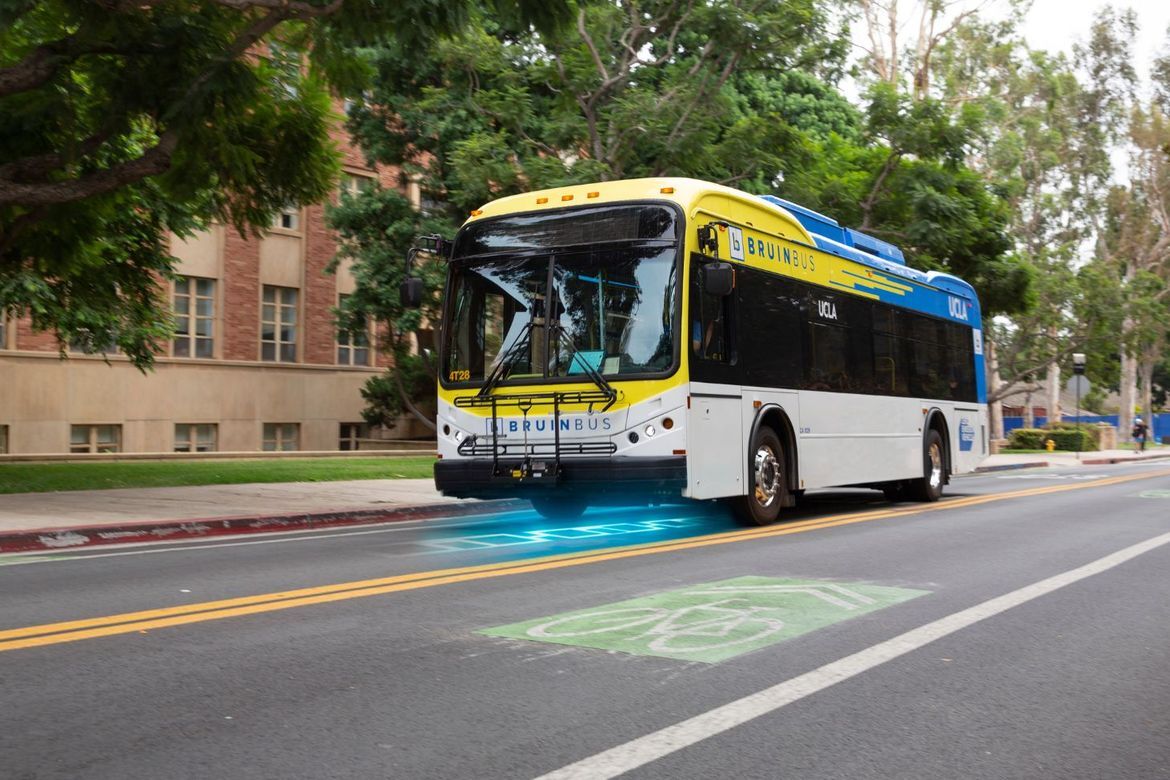California Gov. Gavin Newsom proposed a $144 billion general fund budget on Thursday that's up 4 percent from the current year and predicts a $21.4 billion surplus from robust tax collections and slower growth of state health care costs.
It's the largest projected surplus since at least 2000, according to state finance officials.
The new governor's budget devotes $13.6 billion of the windfall to build the state's reserves and to pay down state debt and its growing pension liability. It's in keeping with his promise to follow the fiscally frugal path of his predecessor, termed-out Gov. Jerry Brown.
Like Brown, Newsom said he is girding the state against an inevitable recession.
"The message we are advancing here is discipline, building a strong foundation on which everything else can be built," Newsom told reporters in Sacramento.
Newsom's proposal kicks off negotiations with the Legislature. Lawmakers have until June 15 to approve a balanced spending plan or lose pay.
Newsom previously outlined more than $2.5 billion in spending proposals focused on early childhood education and health care. He's also asking lawmakers to vastly expand the state's paid leave program for new parents. He's framed his budget as a "California for All" agenda that looks to close the gaps between rich and poor.
California
The Democratic governor announced his plans during a time of sustained prosperity in California, which clawed back from a $27 billion deficit following the Great Recession that required deep and painful cuts to education, health care and just about every other service offered.
This year, state revenue has soared since lawmakers and Brown approved a $139 billion budget for the fiscal year that ends June 30.
The nonpartisan legislative analyst projected in November that lawmakers would have a $15 billion surplus to allocate next year on top of $15 billion in the rainy day fund, which is at the maximum allowed under the state Constitution.
Newsom emphasized paying off debts accumulated over the years. He wants to make a $3 billion one-time payment to California's teacher pension fund on behalf of schools to help districts that are seeing more of their budgets eaten up by pension obligations.
He's proposing $1.4 billion for higher education. The bulk, about $400 million, would go to the community college system with the goal of making tuition free for two years.
He wants to invest $500 million in infrastructure to provide more childcare and $750 million for kindergarten programs. And he's calling for boosting a tax credit for the working poor by a total of more than a half-billion dollars.
Saying California is "not playing small ball," Newsom is also seeking more than $1 billion to combat the most populous state's homeless problem by encouraging new affordable housing.
Among the budget items that Newsom has already outlined are a nearly $2 billion plan to support low-income children, with much of the money earmarked for construction of childcare facilities and kindergarten classrooms.
Taking a page from Brown's budget playbook, which targets as much new spending as possible on one-time expenditures that don't carry a long-term cost, Newsom has focused much of his new early childhood spending on construction projects. That would limit the long-term cost of his initiative and help Newsom maintain his pledge to preserve rainy day savings.
Eighty-six percent of his spending is for one-time efforts, he said.
Helping low-income children in the crucial early years of life, when brains are developing rapidly, was a central campaign promise for Newsom, who has four young children and was elected with an overwhelming majority in November.
Newsom has also proposed expanding state-funded health care to low-income people living in the country illegally until their 26th birthday, up from a current cutoff age of 19. He wants to increase subsidies for people who buy their own insurance, rather than getting it from an employer or government program. His health proposals would cost $760 million a year.
And he plans to propose a significant expansion of California's paid leave program, which allows new parents to receive a portion of their paycheck while away from work following the birth or adoption of a child. Newsom wants to eventually offer six months of leave to be split between the parents, though his initial budget will include a smaller step in that direction.
California currently replaces a portion of wages for six weeks for new parents, and birth mothers can take an additional six weeks of disability leave. The program is funded through a payroll tax. It's unclear how Newsom would pay for a full six-month program.



